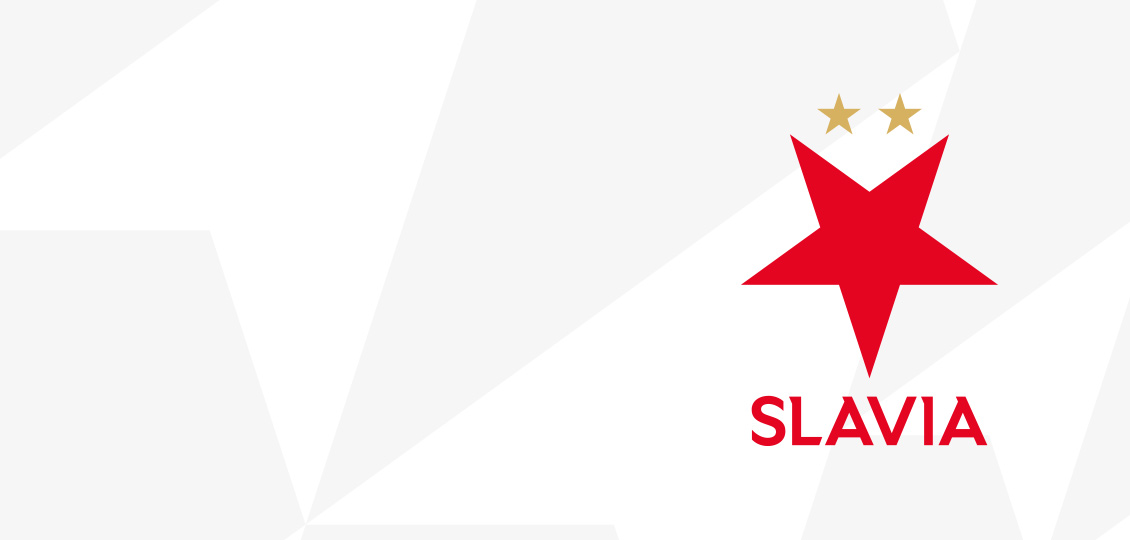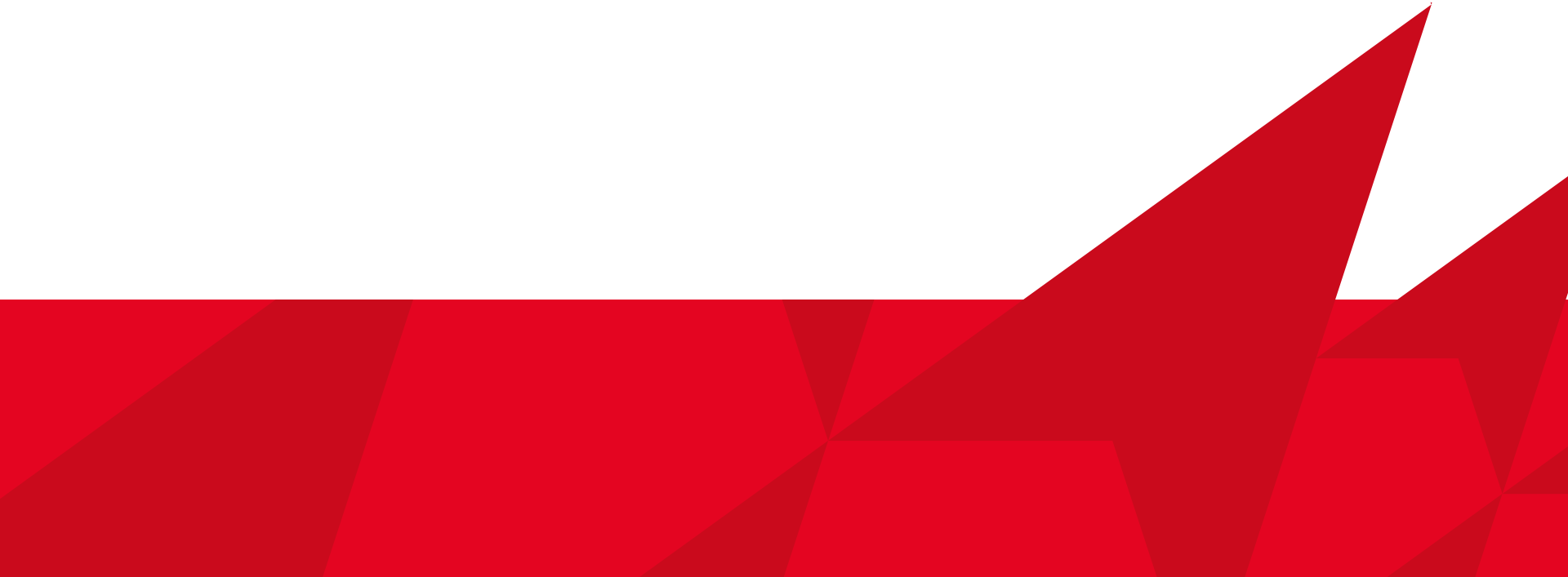
Club history
13. 9. 2002, Redakce
|
History - one of the oldest European clubs
The tradition of Slavia Prague, one of the oldest sports club on the European continent, goes back to the 19th century. It was founded as a soccer club in 1892 mainly on the initiative of Czech students. Slavia soon became a very successful popularizer of soccer in Bohemia and one of the leading teams on the European continent. The club was allocated the FIFA serial number 21. The Czech national team which in the year 1911 won the title of amateur European Champion - when it beat England 2:1 in the final match in Roubaix (France) - included nine Slavia players. Slavia Prague is one of the few continental honourable members of the Football Association of England.
Czech soccer leader In the years between the world wars Slavia held its leading position in Czechoslovak and European soccer. It regularly played in the legendary Central European Cup, was many times the runner-up in the final matches and in 1938 won the Cup. The history of Slavia Prague is closely linked with the greatest successes of Czechoslovak soccer. There were eight Slavia players on the Czechoslovak national team which in 1934 reached the finals of the World Championships where it met Italy (1:2). A number of Slavia players are great personalities of European and world soccer, among them the absolutely best-known is forward Josef Bican (1916 - 2001), who scored more than five thousand goals and reached the average league rate of 1.75 goal per a league match. World record Slavia Prague is holder of a world record: since 1892 the players of the club have traditionally been wearing the red and white colours. Since the first match on March 25, 1896 the team have always played in the same dress: a red-white jersey, on the left side of the chest with a point positioned red star. Persecution in communist times After the second world war the club was persecuted by a communist regime and in the 60s it was twice relegated to the second league. But Slavia promoted back to the top flight league soon - in 1965 finished in the third place in the league having an equal number of points with the winner. Back in the glory in 1996 The greatest successes in post-war period Slavia achieved in the last ten years - in 1996 the red-whites won their fourteenth Czech title and the first title after long 49 years. In 1996 Slavia qualified to the UEFA Cup semi-final, and in 1997 to the UEFA Cup Winner´s Cup quarter-finals and in 1999 to UEFA Cup quarter-finals. Slavia won the Czech National Cup in 1997, 1999 and in 2002 when it beat its traditional rivals of Sparta Prague in final match. In the seasons 2002 – 2003 and 2004 – 2005 Slavia Prague became Czech league vice-champion. Many Slavia footballers continued with their careers in the famous foreign clubs. To say a few examples, we should name Vladimir Smicer, who helped Liverpool FC to win the Champions League title in 2005 by scoring a magnificent goal and among the others Patrik Berger (Aston Villa), Pavel Kuka (1.FC Kaiserslautern), Radek Bejbl (Atlético Madrid, Racing Lens, Rapid Vienna) or Radek Černý (Tottenham Hotspur). |
  
|
Season 2003-2004 statistics: Gambrinus league, League Tables, CMFS Cup, Champions League, UEFA Cup












